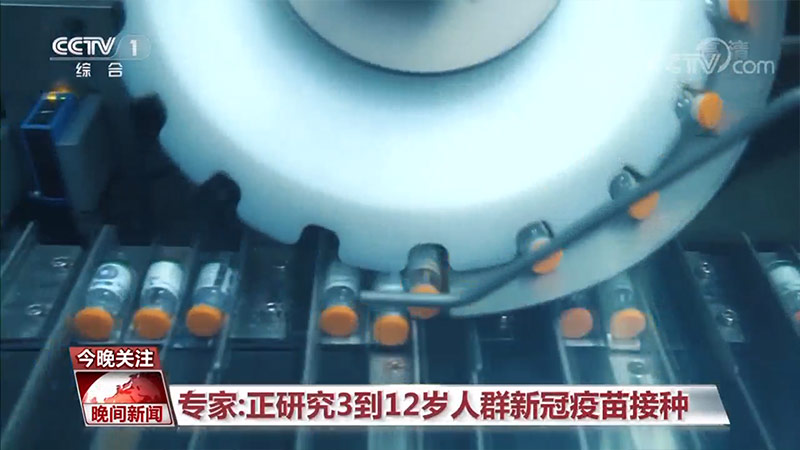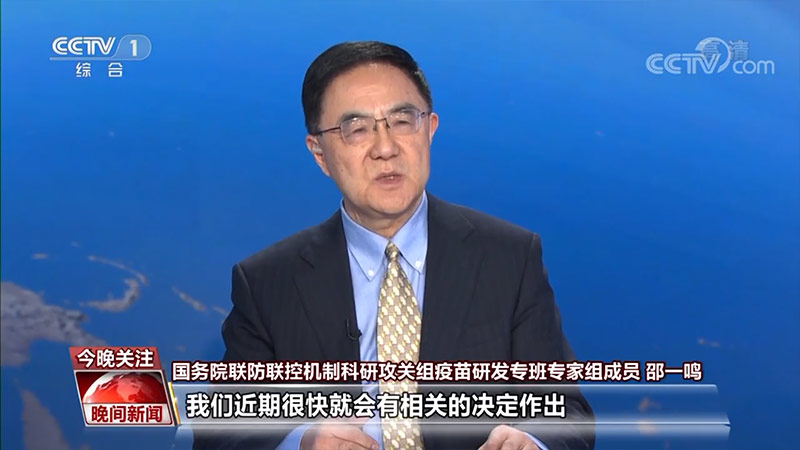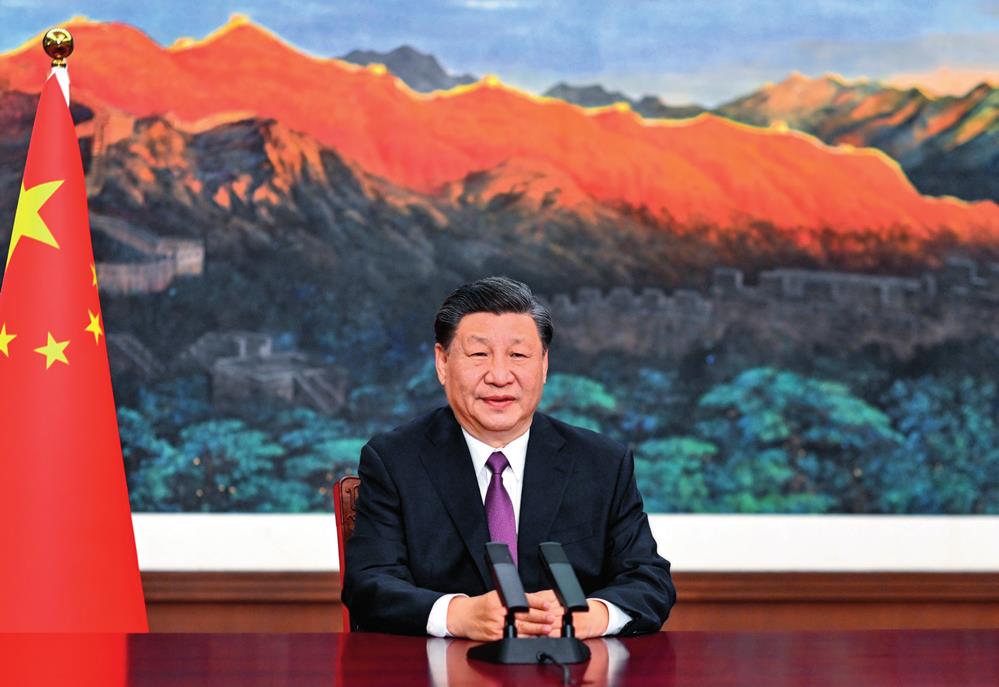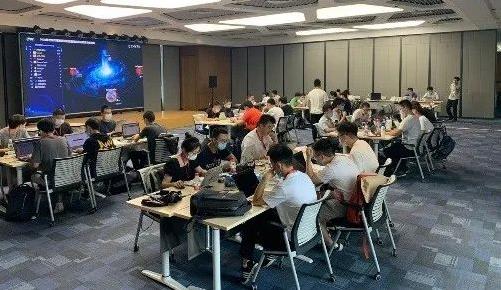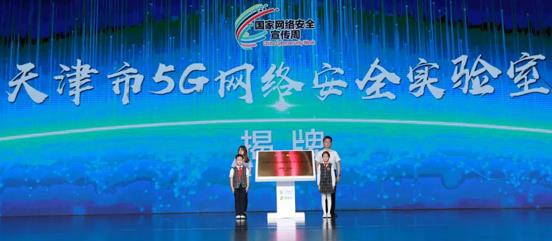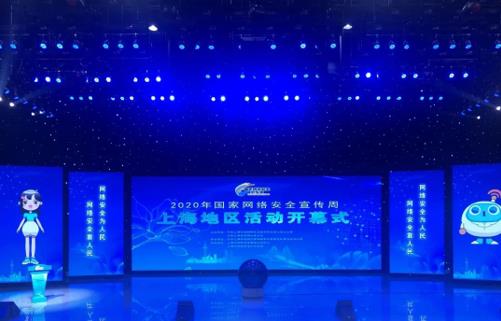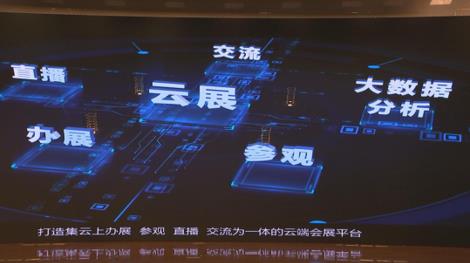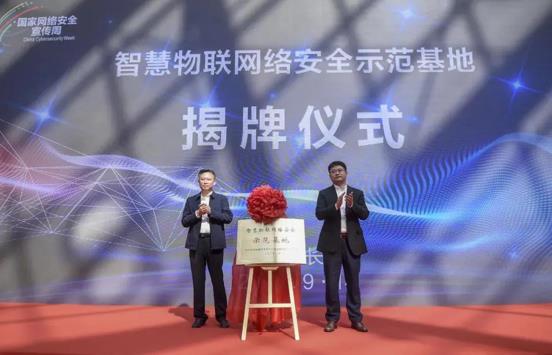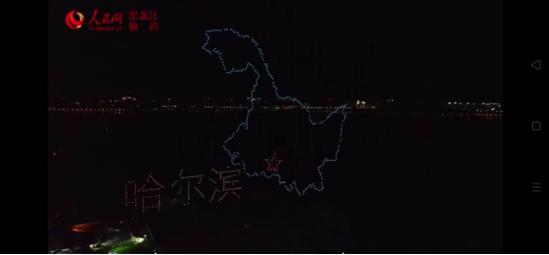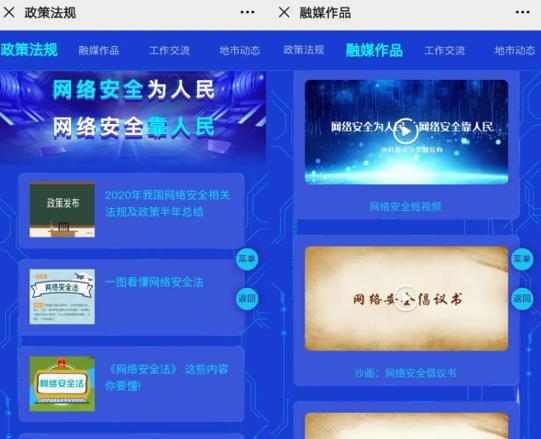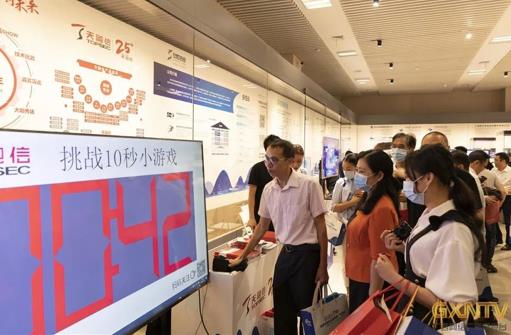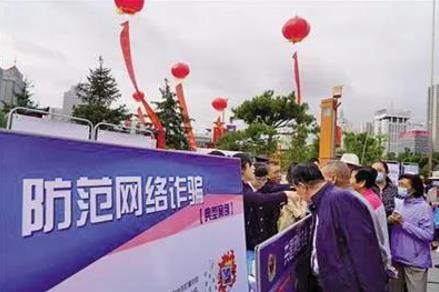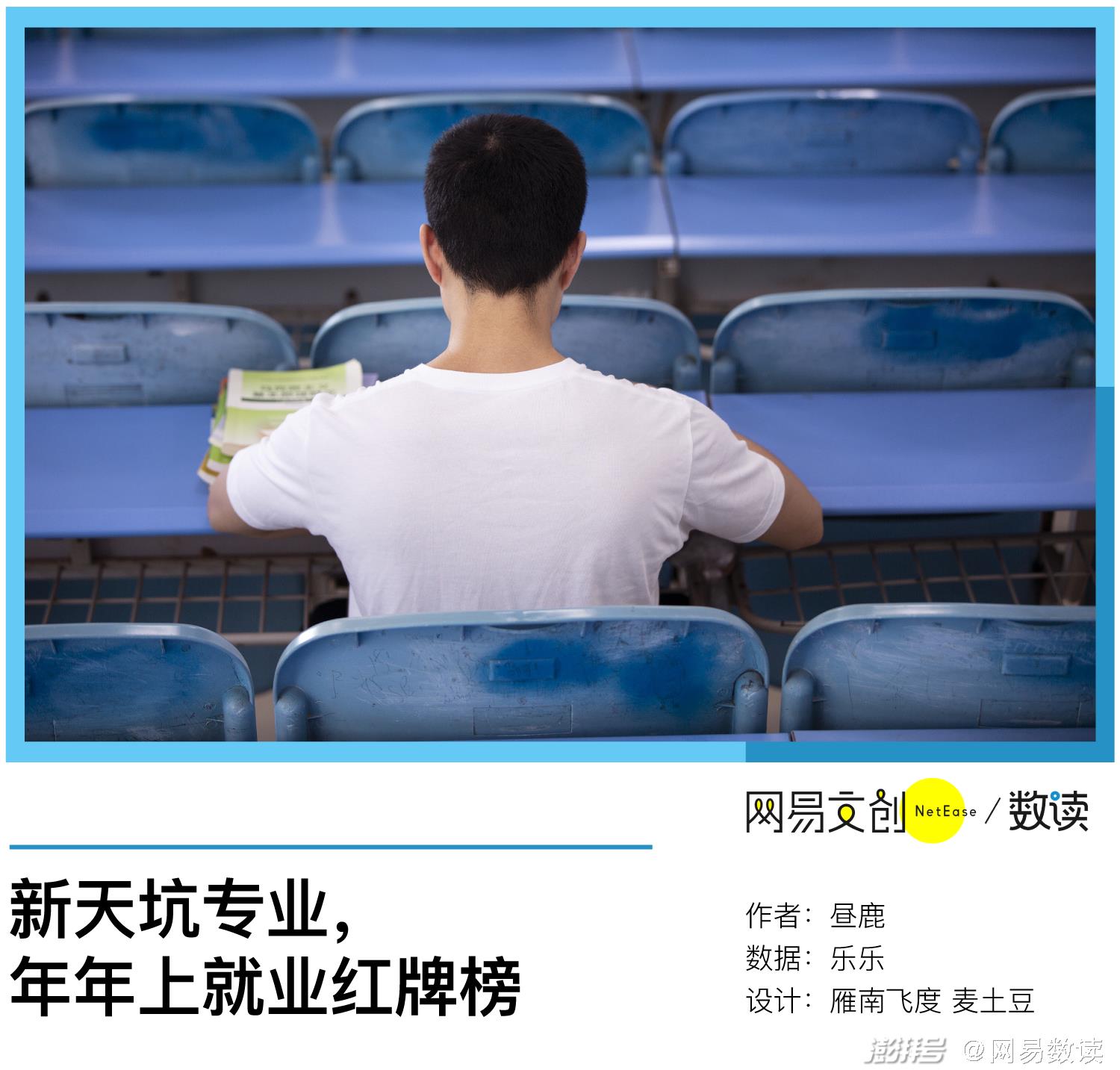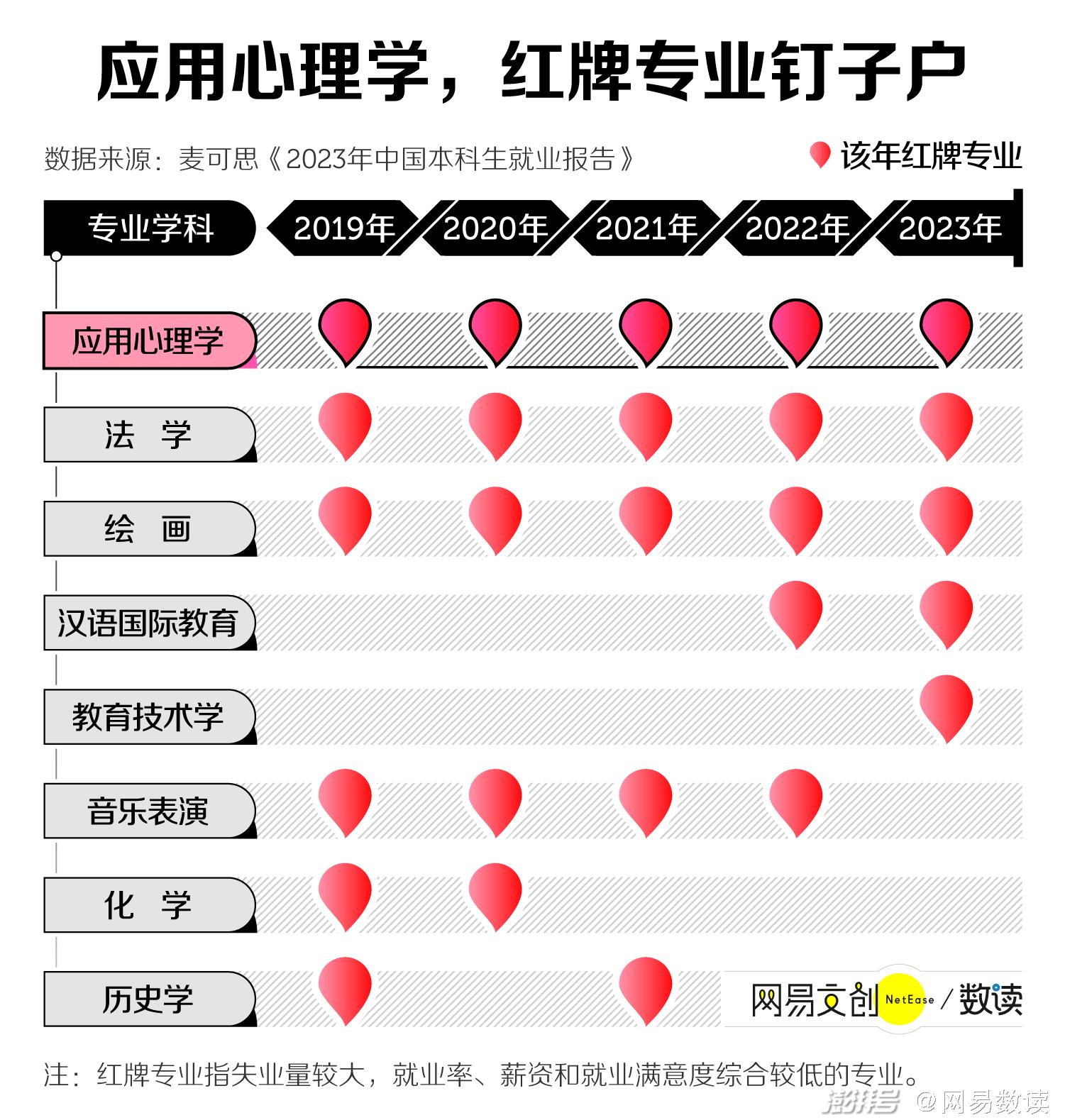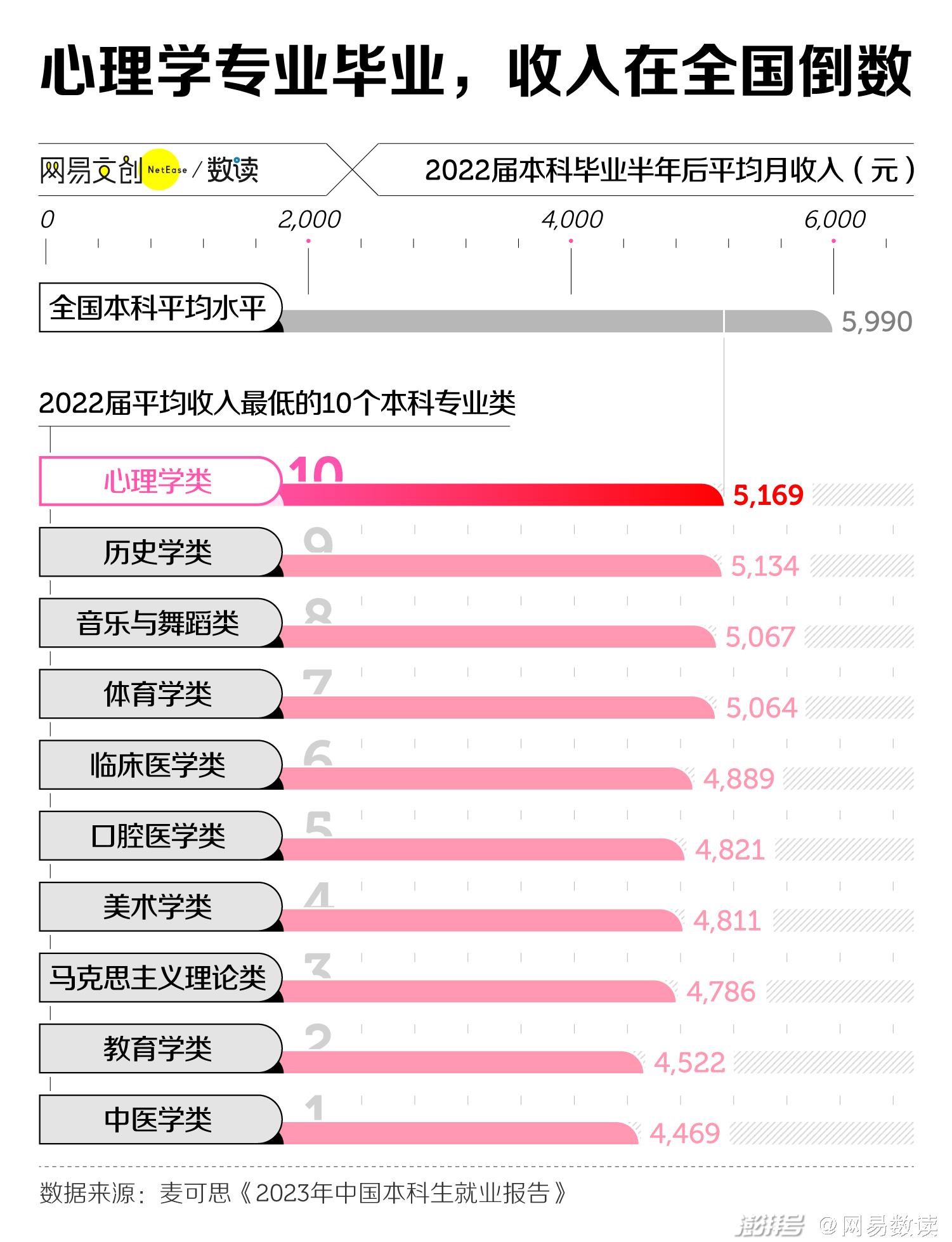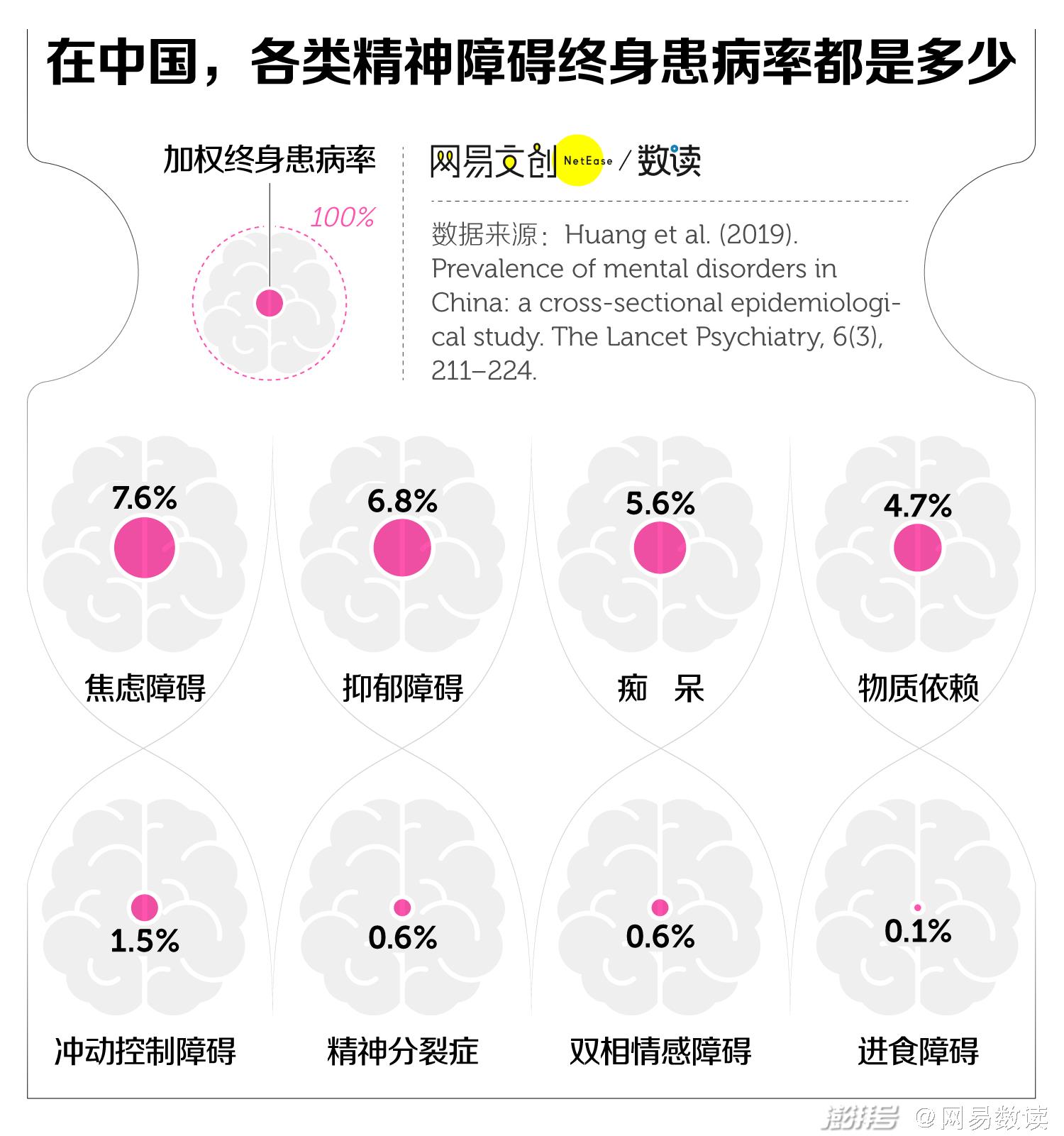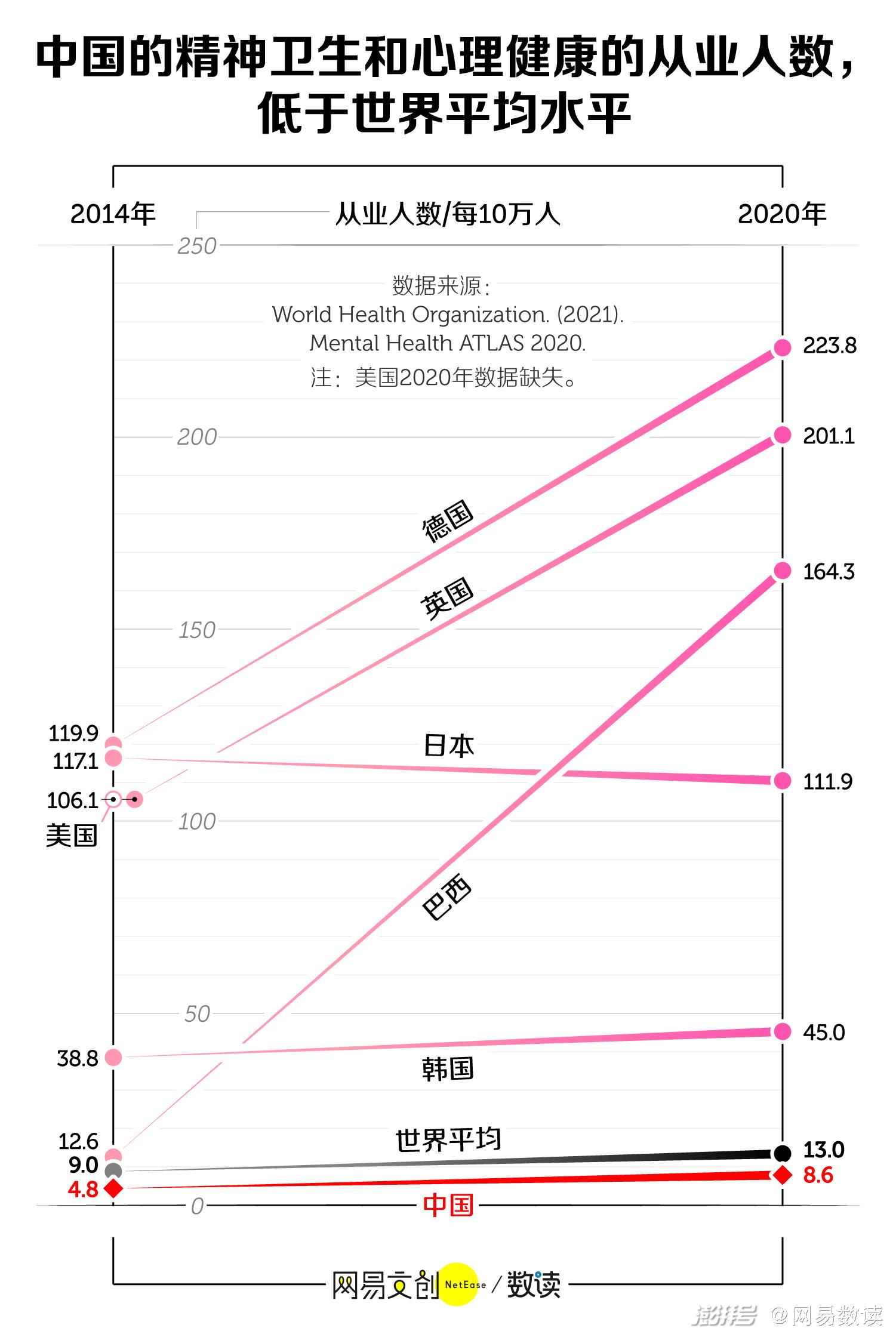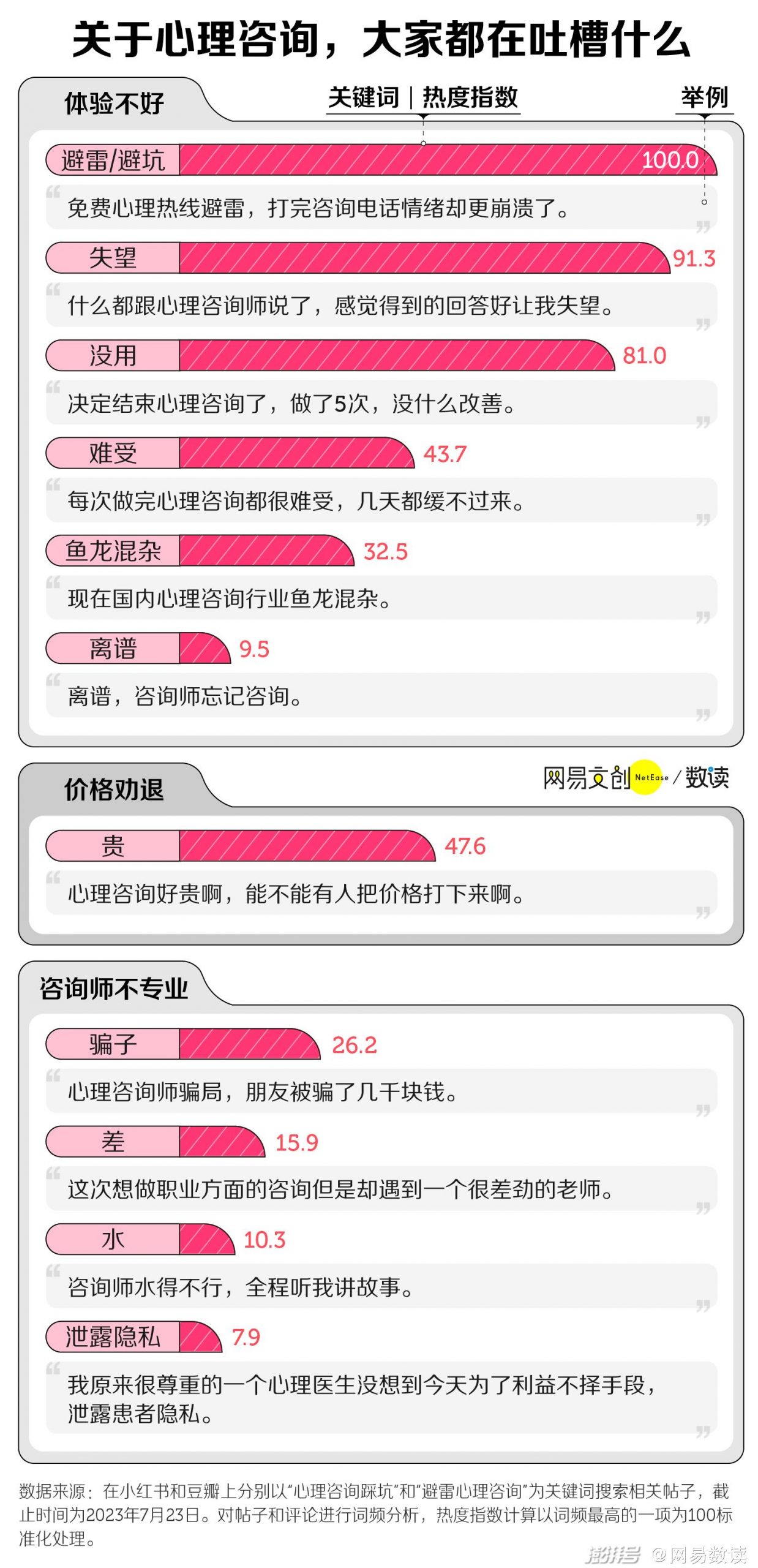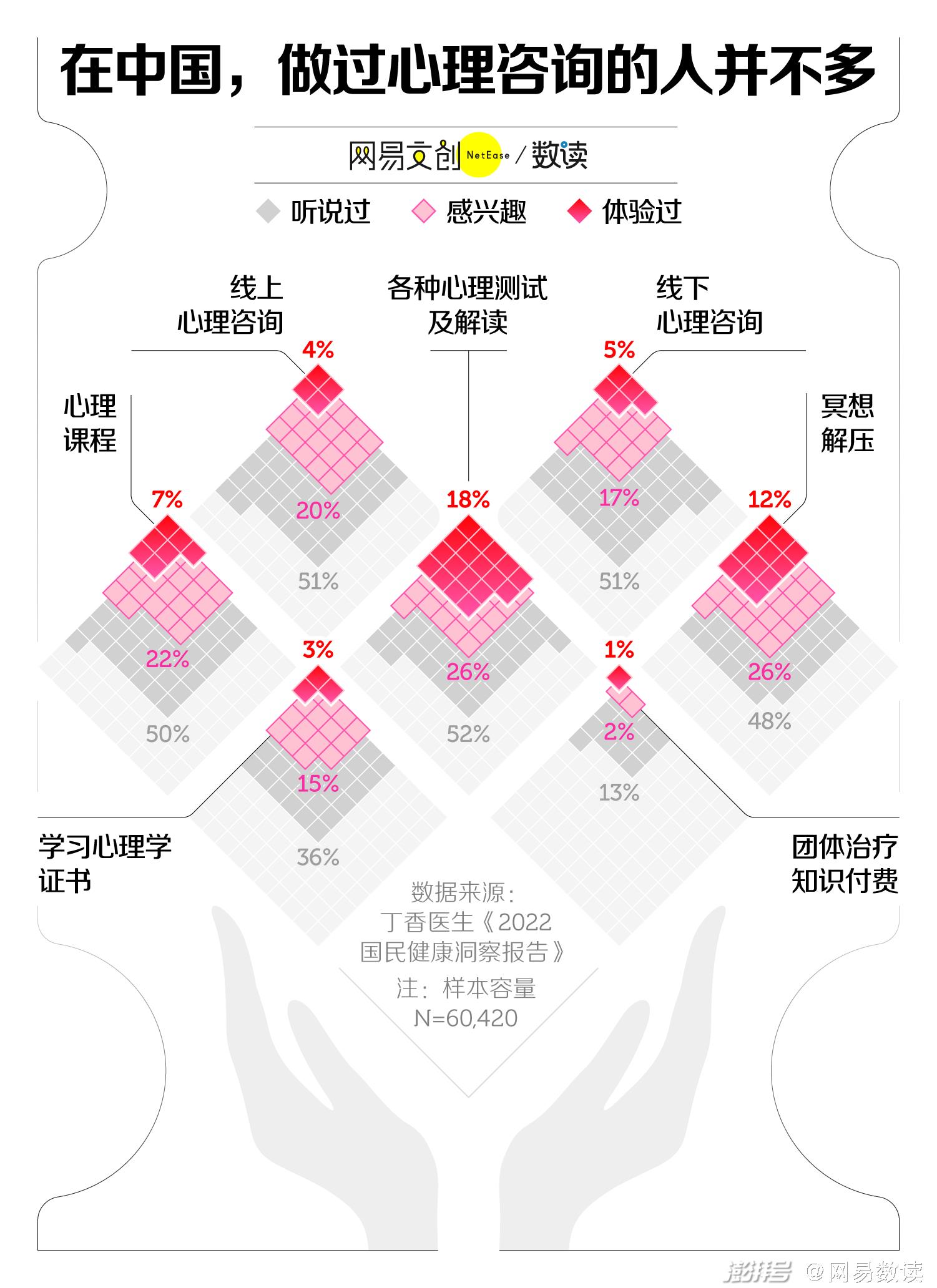
Finally, when it’s the eleventh holiday, we can have fun! ! !
Of course, if you play, you still have to watch movies.
Looking forward to the long-awaited release of The Battle at Lake Changjin on the tail of September, on the other hand, "My Father and I" is also a hymn to celebrate the motherland’s birthday.
The whole September was spent in a gentle way, and finally it boiled at the end of the month.
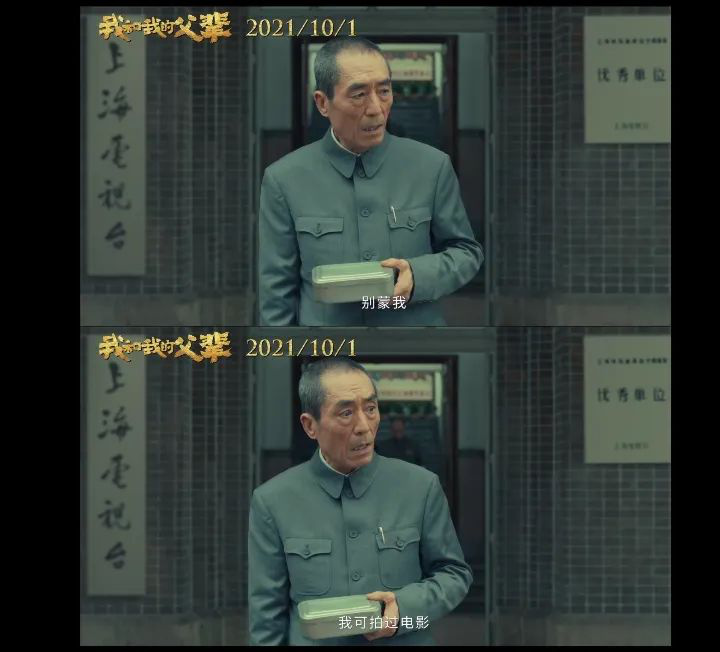
What will October be like?
What other masterpieces are worth looking forward to after the National Day file?
Without further ado, Uncle Ba will present a list of 30 films in October arranged in the order of release time-
Get home at one o’clock
Director: Xu Hongyu
Starring: Haoran Liu/Peng Yuchang/YIN FANG
Type: plot
Release time:October 1st.

The works of last year’s National Day archives will be shown again this year.
It tells the story of three young people with different personalities, namely Wei, Jin, North (Haoran Liu), Peng Xiubing (Peng Yuchang) and Li Shaoqun (YIN FANG), who returned to Yunnan’s Millennium Ancient Village from a big city and started their business together by chance.
This film has been on, and it is quite familiar to many viewers, so Uncle Ba won’t go into details.

Pastoral far away
Director: Adixia Shareherman/Zhou Jun
Starring: Hailati Hamu/Marjiang Bayituken/Lena Xiakan
Type: Plot/West/Adventure
Release time:October 1st.

It’s also a rerun.
Based on the conflict between Humar and Hadisha caused by an accident, the film interprets the life of grassland recurrent migration and the emotional journey of characters in the past 40 years.
The story records the great changes in the life of Kazakh herders who have lived after water plants for generations after the reform and opening up.
Another portrayal of personal life in the trend of the times.
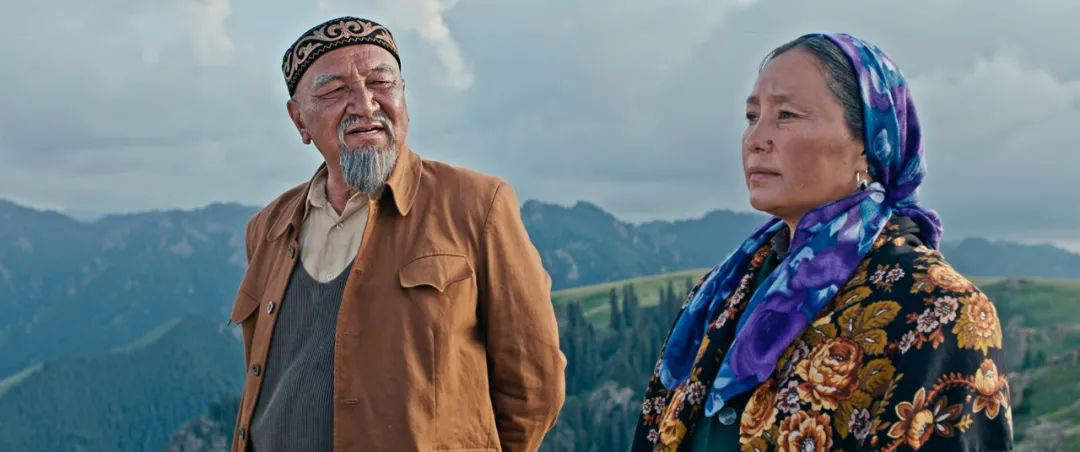
Five golden flowers
Director: Wang Jiayi
Starring: Yang Likun/Zijiang Mo/Jingzhen Sun/Raozhong Tan/Wang Suya/Yijing Zhu
Type: Love/Song and Dance
Release time:October 1st.
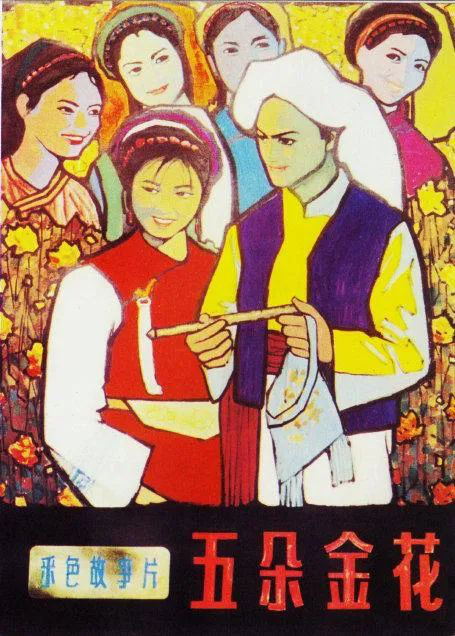
Looking at the poster, you will understand that it is slightly retro.
The 1959 film, another re-released work.
In Dali, Yunnan Province in March of the lunar calendar, Jinhua (Yang Likun), vice president of the People’s Commune, broke down halfway to attend the traditional event of "March Street", and A Peng (Zijiang Mo), a blacksmith from Jianchuan who came to attend the Jockey Club, repaired the car.
Later, when they got along, they fell in love with each other and agreed to meet again next year at the edge of butterfly spring when camellia blooms.

Unexpectedly, A Peng, who was looking for a lover in the second year, met five golden flowers, which were mistaken one after another and made many jokes …
Although love is the main line, the film also shows many excellent working women’s images.
Five golden flowers are representatives from five industries, all of whom are excellent and capable people.
Needless to mention the scenery in the film, beside the sparkling Cangshan Lake and Erhai Lake, there is butterfly spring who has witnessed countless loves.
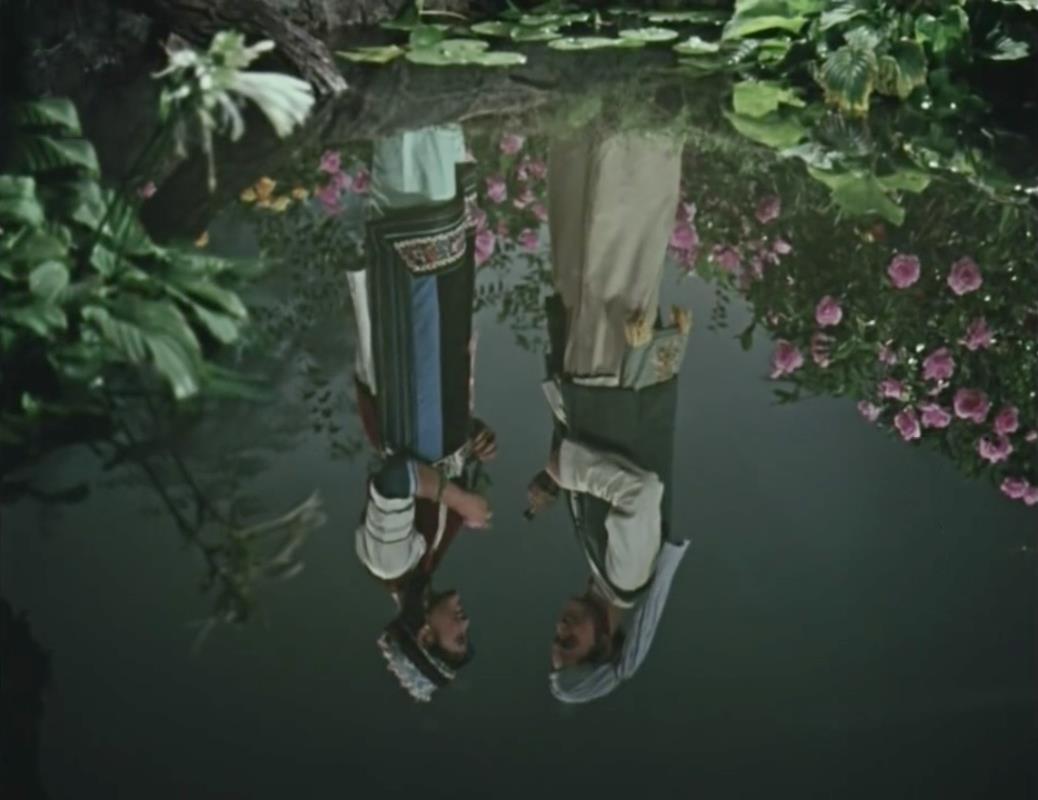
True love
Director: Xirzat Yahup/Zhang Xin
Starring: Kunduzai Tasi/Baihetiyaer Eziz
Genre: drama/family
Release time:October 1st.
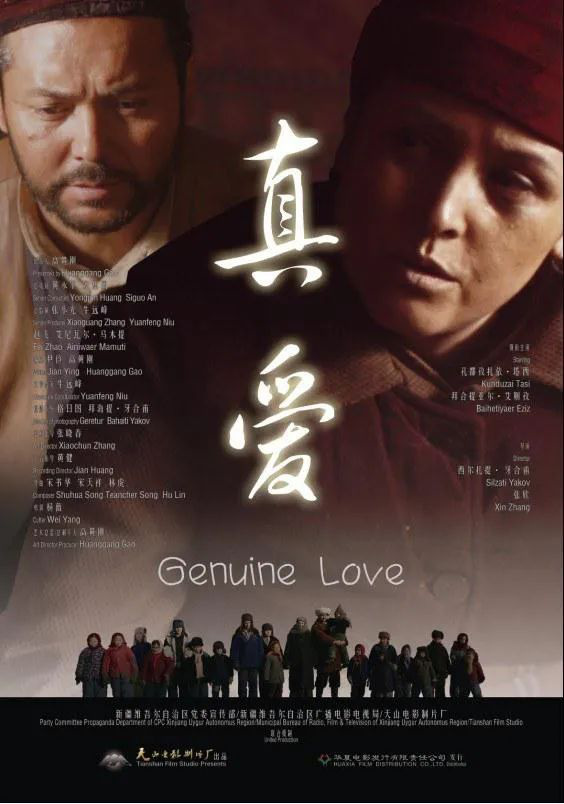
Replays, premiered in 2014.
"True Love" does not talk about love, but about maternal love.
In northern Xinjiang, an ordinary couple, anipa and Abibao, raised 19 children.
Even if there is no blood relationship, anipa can give her mother’s love without reservation, give them shelter and prevent them from starving and freezing.

Anipa’s family was not rich, and her husband also forbade her to adopt children back home, but she never stopped her determination to protect her children.
The gentleness of Anima’s mother is the children’s strong confidence. No matter whether they are rich or poor, they try their best to give all children a home to survive.
Just like our big mother.
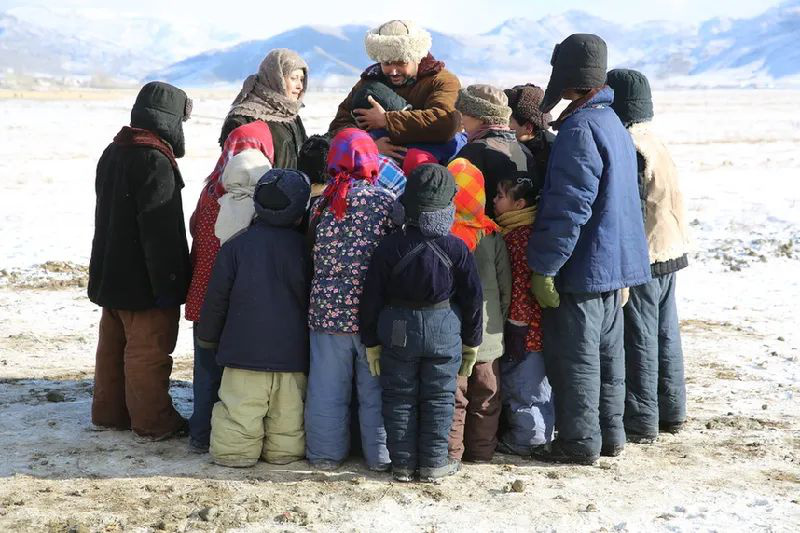
our youngesters
Director: Suri
Starring: Li Yalin/Liang Yin/Jin Di/Yang Yun/Liu Zengqing.
Type: plot
Release time:October 1st.
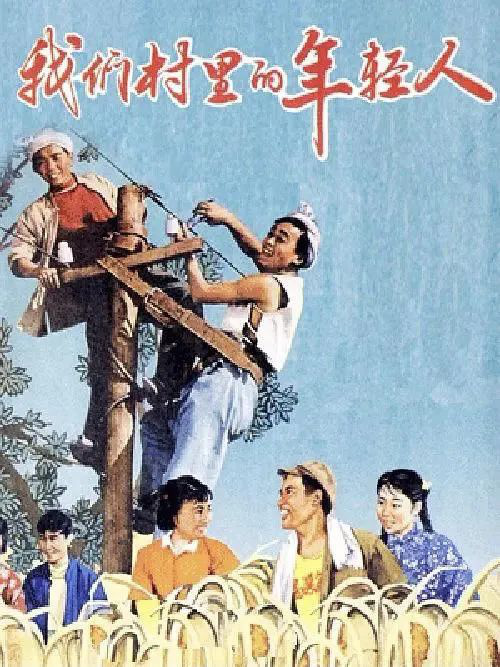
This is also a work from 1959.
The story of young people building their hometown during the Great Leap Forward.
With the characteristics of the times and humorous plot, it was evaluated by netizens:
"Revolutionary version of Girls We Chased Together in Those Years."
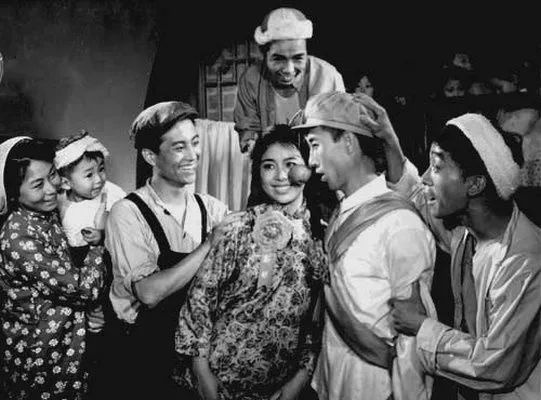
Ten years’ taste is as warm as words
Director: Zhao Fei
Starring: Ding Yuxi/Ren Min
Type: Plot/Love
Release time:October 1st.

Finally, it’s the turn of this year’s new film, which is also the only romantic film in the whole eleventh file.
Looking at the title of the film, you can see a strong romantic flavor.
Based on the novel of the same name written by scholar Cang Hai, the film tells the story of Wenny (Ren Min) and Dj Yan (Ding Yuxi) who have been entangled for ten years.
The original works have a place in the field of romance novels.
But … into a movie seems less optimistic.
Not to mention Dj Yan, who looks beautiful in the original work, can Ding Yuxi destroy the fantasy in the book powder.
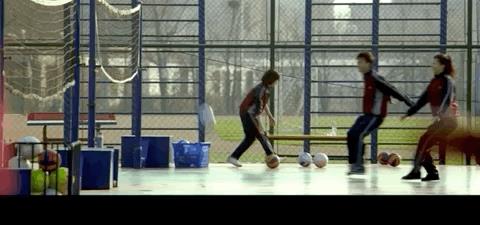
As far as the plot is concerned, how much blood there is in the original, how much MV there is in the preview.

What is more deadly than painful youth is to force the years to be quiet.

Tyrannosaurus Tu Tu with Big Ears in Action
Director: Suda
Starring: Pan Yan/Fan Churong/Hu Qian
Type: Animation/Adventure/Comedy
Release time:October 1st.

Tu Tu with big ears, one of the classic childhood memories of the 90s.
People still smell familiar.

Well, the plot has a strong educational flavor in laughter.
For example, Tu Tu’s mother has been scaring Tu Tu with Grandpa Niu, who is ugly. In fact, Grandpa Niu is a very kind person.

Later, Tu Tu reversed his impression of Grandpa Niu, and the action of violence against Wang Long changed from being naughty to respecting the old and loving the young.
For more empty nesters, send warm.

A film with both feelings and warm educational meaning.
Dick the Pig’s Blue Ocean Romance
Director: Yang Yi/Liu Lei
Starring: Tong Xinzhu/Shen Nianru/Ye Zhiqiu
Type: animation
Release time:October 1st.

An adventure at sea.
Dick the pig and the elf pet bean bag took risks at sea because they were separated by a shipwreck.
On the way back to the bean bag, he met the girl who went out to sea to find the soul of the sea-the light blue patriarch, and then went through a fantasy adventure together, and each found the final person and grew up.

It seems to be an adventure theme, but in fact it is family ties.
The so-called sea soul heart is just a hope.
What hope?
No matter when and where, no matter what difficulties and hardships you experience, you will never give up your family’s beliefs.

The eagle catches the chicken
Director: Dong Long
Starring: Liu Xingzuo/Xinglin Er/Chen Hao/Auditory hallucination/Yizhou
Type: animation
Release time:October 1st.

It has the same name as childhood games, but it tastes completely different.
This is the story of an ugly duckling turning into a white swan.
Jin Bao, the eagle, was brought up by mother hen when he was a baby.
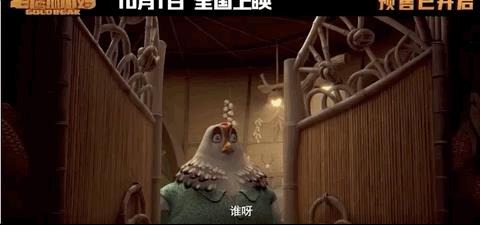
Being an eagle, he was incompatible with other partners in the village since childhood, and finally set foot on the road of finding himself.
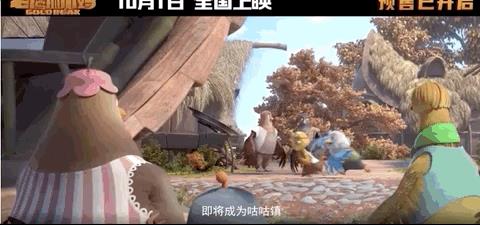
It is also the story of a teenager who never recognized it and grew up to be a hero.
Can Jinbao get real happiness when he finds his own kind?
When the plane of Eagle City flew over Chicken Village, at that moment Jinbao finally understood what he wanted.
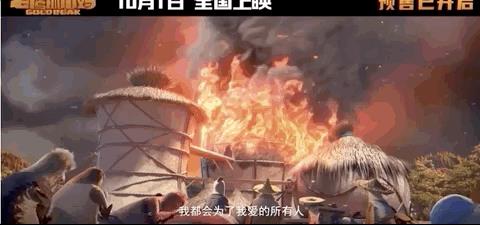
There are many elements in chasing dreams, burning feelings, growing up and guarding. Whether it can be handled depends on the screenwriter’s kung fu.
Great Sage Descending Demon
Director: Wu Haitao
Starring: Zhang Jienan/Peng Zhenzhu/Dewll Hu/Li Xuzhong/Zhang Lei/Li Cheng
Type: animation
Release time: October 1st.

Looking at the current information, the anxiety is very strong.
It was released on October 1st. So far, there is only one poster without any information.
Take another look at the story, which is based on Huoyun Cave.
Just change it. Hong Haier became the Monkey King and influenced Hong Haier.

How can I put it?
Leave our ancestors alone and the Monkey King alone! ! !
Exploring the cat mermaid princess
Director: Song Tinghui
Starring: Li Fengliang/Li Jiao/Zhang Yihan/Song Yuexin/Zhou Hongde
Type: Animation/Comedy/Adventure
Release time:October 1st.

Animated action film.
The detective cat and her friends accidentally saved the mermaid princess who fled ashore, but the evil deep-sea clan followed, and they were forced to stage a great escape …

There are many action scenes, from deep sea to land, from using instruments to using martial arts.

As for whether it looks good or not, I really don’t know.
However, it is certain that it is noisy.
Extinct
Director: David silverman/Raymond S. Persi
Starring: Baomu Zhongyang/Zhu Rongrong/Jiang Guangtao/Zhengyang Ma
Type: Animation/Comedy/Adventure
Release time:October 3 rd

Standard family fun movie.
Inspirational, humorous and funny painting style, not to mention for the time being.
To the extent that you can buy tickets directly into the cinema just for the director’s name.

The Eternal Wave
Director: Wang Ping
Starring: Sun Daolin/Yuan Xia/Wang Xingang/Lu Lizhu/Wansu Huang
Genre: plot/suspense/war
Release time:October 6 th

Classic replay, the first black-to-color 4K restoration feature film.
In 1938, the radio station of our underground party organization in Shanghai was destroyed by the enemy, and Li Xia (Sun Daolin), political commissar of Yan ‘an Liberated Area Radio Station, came to Shanghai and started a new covert work.
In order to do a better job of keeping secrets, he and He Lanfen (Yuan Xia), a female worker in a cotton mill, pretended to be husband and wife, and after that, they had real feelings at work and got married.

A familiar story, but still worth watching again.
Our forefathers’ firm faith and determination to fight for the new China are so respectable.
The requirements of the ancient masters
Director: Wang Mingxuan
Starring: Zhou Xiahua/Bi Yushan/Gao Mingjun/Tan Xinlei/Chen Liang/Zhang Chengran/Zhou Haiming.
Genre: drama/comedy/suspense
Release time:October 8 th
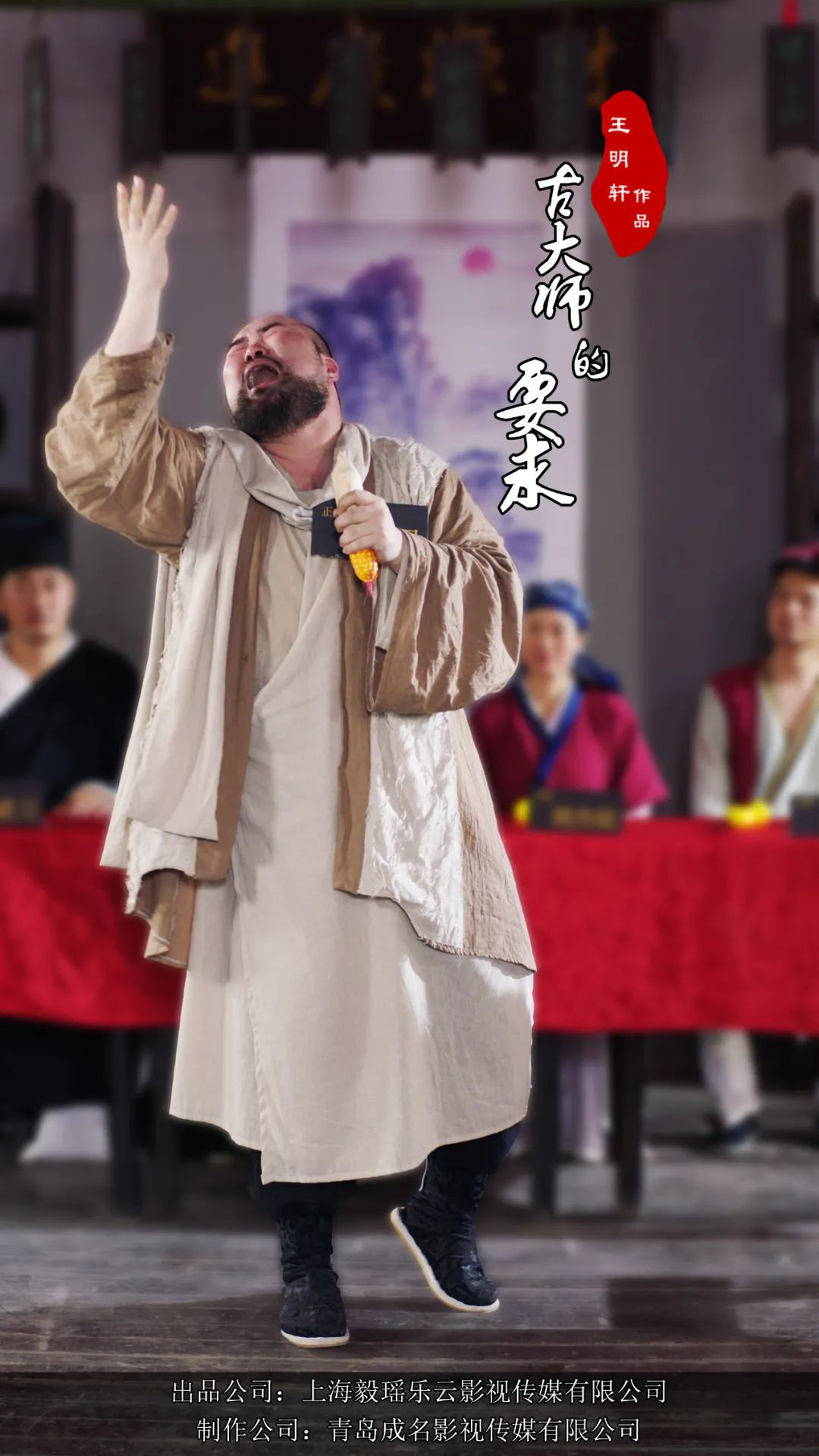
It’s said to be a comedy, and there’s not a joke after watching a preview.
It’s said to be a suspense film. After reading the trailer, I don’t know where the suspect is except to be spooky.

Therefore, the audience does not want to know what the ancient master asked for.
However, I hope you can understand the audience’s requirements:
Good story! That’s funny
Lanxin Grand Theatre
Director: Lou Ye
Starring: Gong Li/Mark Chao/Odagiri Joe/Pascal Greggory/tom wlaschiha/Huang Xiangli/Nakajima/Eric Wang/Zhang Songwen.
Type: plot
Release time: October 15th.
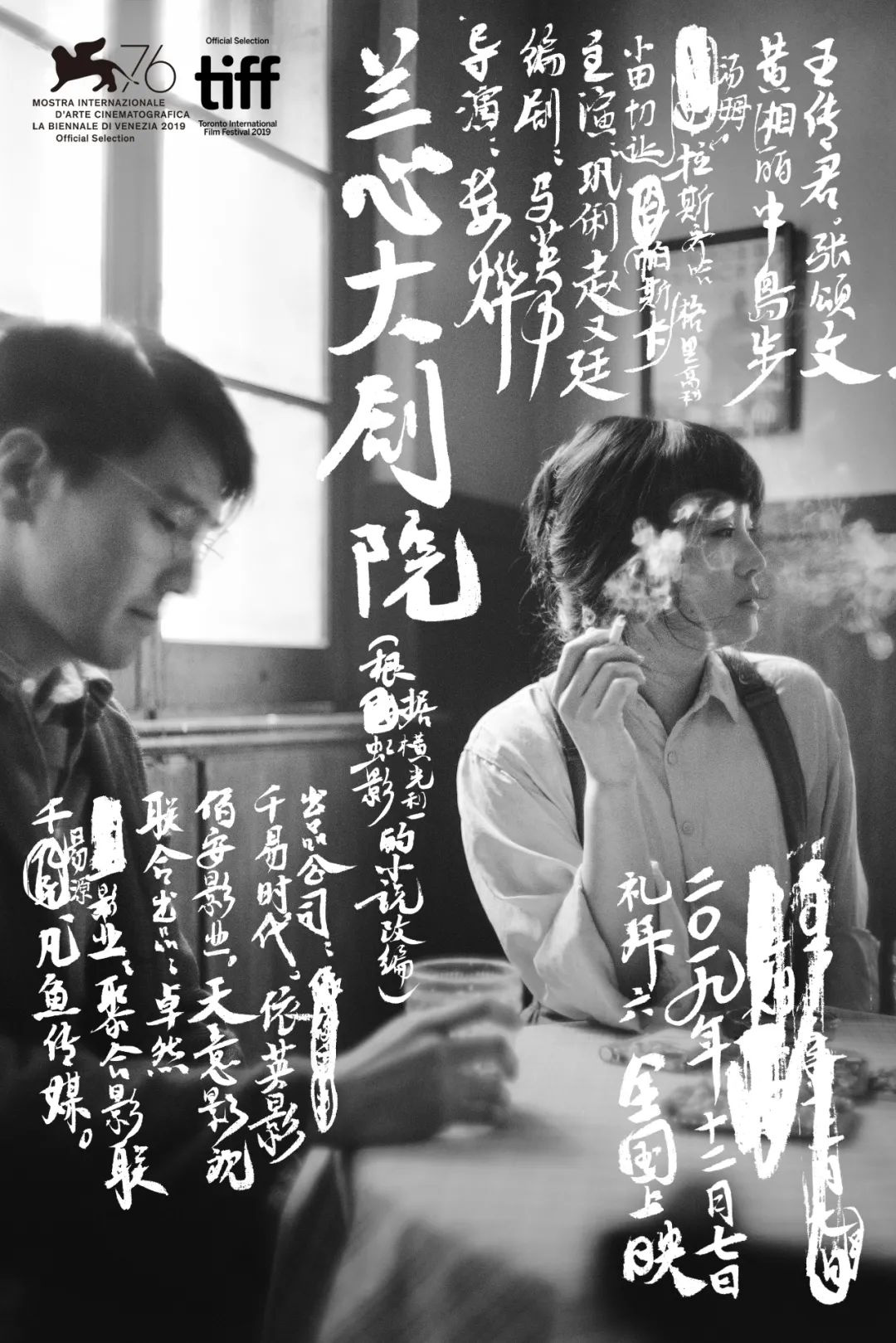
The bomb that attracts everyone’s attention!
The film is based on Hong Ying’s Death in Shanghai and Yoko Guangli’s Shanghai.
In 1941, the famous actress Yu Yan returned to Shanghai during the isolated island period, ostensibly to play the drama Saturday Novel directed by her old love, but no one knew the real purpose …

Say it’s fried because it’s too perfect.
Director: Lou Ye.
Actors: Gong Li, Mark Chao, Odagiri Joe, Pascal Greggory, etc.
Looking at the evaluation, four-star praise is everywhere.
Lou Ye deserves to be Lou Ye.
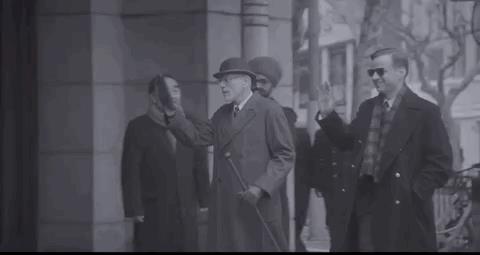
Turandot: The Origin of the Curse
Director: Zheng Xiaolong
Starring: Guan Xiaotong/dylan sprouse/Jiang Wen/Hu Jun/Sophie Marceau
Type: Love/War/Fantasy
Release time:October 15th.

The lineup is immortal.
However, the quality is still a mystery until it is released.
Whether it is the rise of oriental fantasy or another rubbish, it will be shown and seen.

Deep House Mystery
Director: Zhou Jun
Starring: Qiao Hu/Zhang Jinan/Mu Xiaoqing/Livia Wang
Type: thriller
Release time:October 15th.

The ghost house door of the Republic of China is a bit like "Capital 18".
The poster looks very scary, but everyone knows the routine of domestic horror movies …
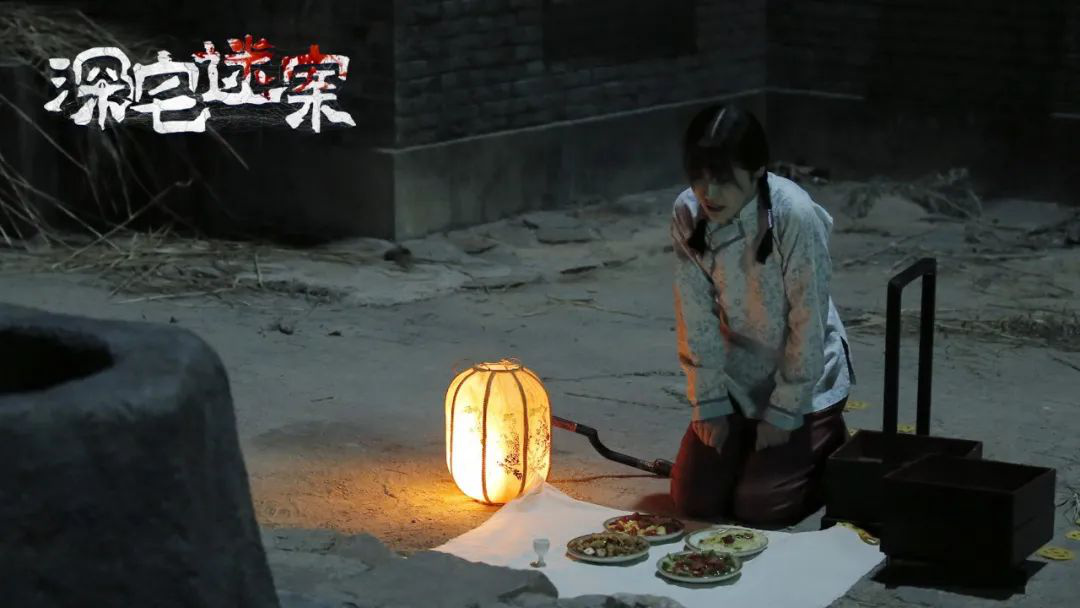
Dungeon and dungeon
Director: Everyday
Starring: Jerry Liau/Yu Lei/Peng Tianying
Type: thriller
Release time:October 15th.
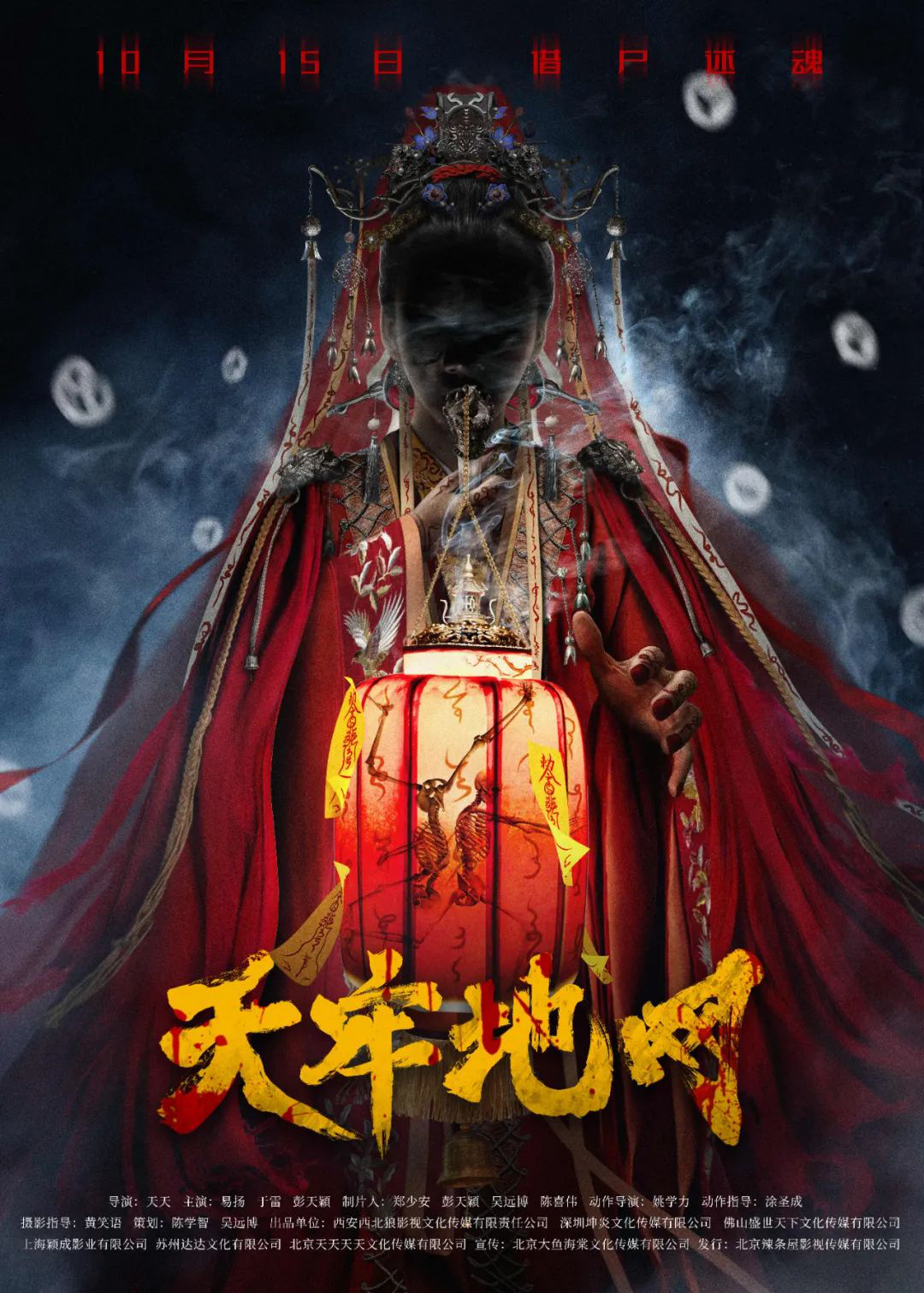
Only this poster is a horror film, and the background takes place in the Ming Dynasty.
In the mid-Ming Dynasty, the Royal Guards commanded the envoys to go to prison in Daxing, and a large number of court officials and innocent people died unjustly in prison.
From then on, in the imperial prison, there was a baby crying every full moon night, accompanied by a shrill cry, a woman in red would appear on death row, holding a lantern to vindicate herself.
A few days after the woman in red appeared, someone would die strangely within the prison, and the new commander was appointed to investigate the matter. I didn’t think more people would die strangely, and myself and my family were trapped in my house, and they would face more incredible and strange events.
Although there was "Southern Witch" before and "Psyche" after, horror films broke out collectively.
However, this film can still be said to be a bad film.
The so-called rebirthing on the poster can afford a false propaganda.
Parallel forest
Director: Zheng Lei
Starring: Tang Xiaoran/Zhao Xiaodong/Liu Weisen
Type: science fiction/suspense
Release time: October 15th.

Very rare domestic parallel universe.
Du Yan lost her young son in a car accident. Desperate, she came to the forest club.
One morning, while patrolling the forest, she met another self, and then opened the door to the parallel world.
Different spaces meet husbands and brothers with different personalities, and at the same time, she is also experiencing different dangers.
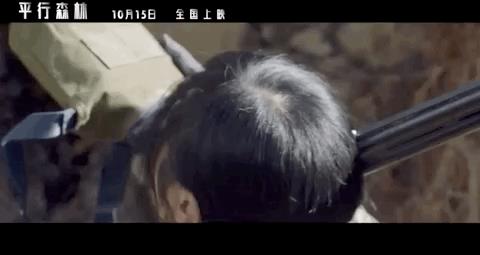
If you want to break the game, you have to kill someone who is out of control.
Kind of her, how to choose?
It smells like the domestic version of "Terrorist Cruise".
What’s more worth mentioning is that the logic is just right, which not only maintains the core of science fiction, but also endows human nature with complexity.

Dune
Director: denis villeneuve
Starring: Timothée Chalamet/Rebecca Ferguson/oscar isaac/Dave Batista/Zendaya/Jason Momoa
Genre: drama/science fiction/adventure
Release time:October 22nd.

Guided by fate, Paul, a gifted teenager, is determined to go to the most dangerous planet in the vast universe and start a thrilling adventure in order to defend his family and people.
The story is old-fashioned, but the visual effect is quite good.
The grand background makes it look magnificent and epic.
It should be noted that it is evaluated as a disaster for megaphobes.
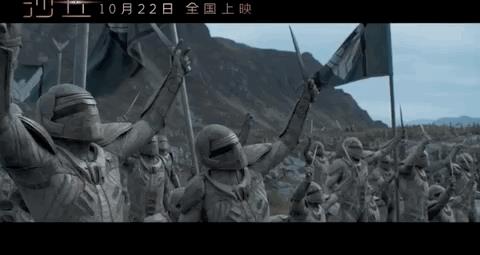
The first incense burner
Director: Xu Anhua
Starring: Sandra/Faye Yu/Eddie Peng Yuyan/Zhang Junning/Fan Wei
Type: Plot/Love
Release time:October 22nd.

A very confusing adaptation.
Adapted from Zhang Ailing’s novel of the same name, it was also controversial from the beginning of the boot.
Of course, most of the controversy comes from the hostess Sandra.
Despite Xu Anhua’s amazing shooting of women, I wonder if this time I can save Sandra, who is obsessed with pain novels?
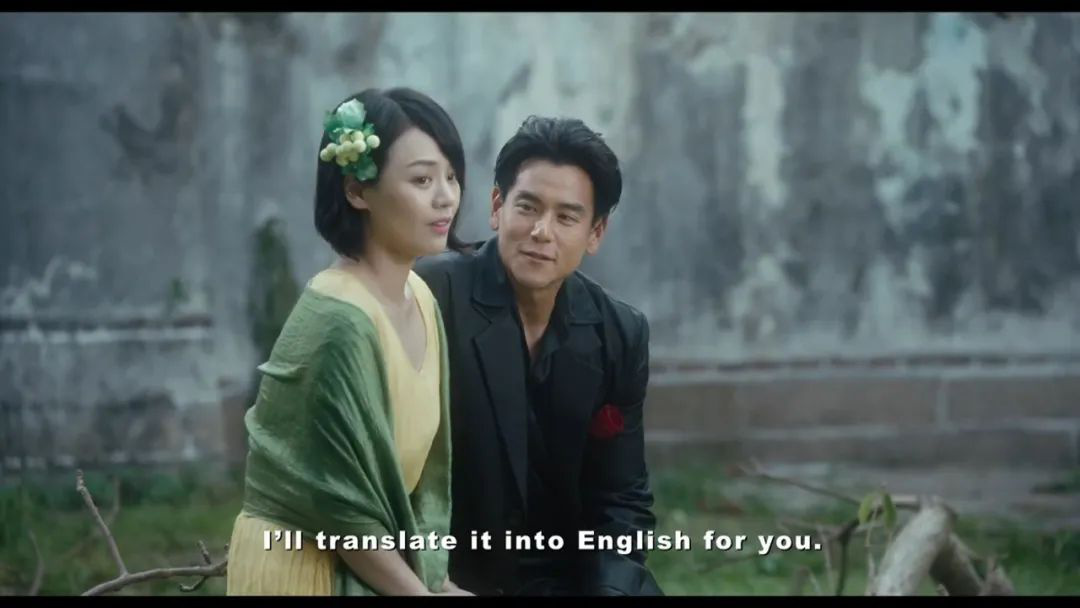
Judging from the slogan on the poster, it’s not good:
"Give love without an anniversary."
Perhaps, it is still The First Stove of Incense, but it has nothing to do with Zhang Ailing.
Extreme theft
Directed by Ariel ViNograd
Starring: guillermo francella/diego peretti/Louis Luke/Pablo Rago/Rafael Ferro.
Genre: comedy/crime
Release time:October 22nd.

Based on a real bank robbery.
In 2006, a group of thieves robbed Rio de Janeiro Bank in Acasuso.
This is considered to be one of the most famous and clever bank robberies in history. The way they robbed the bank and a series of things that happened after that were amazing.

The adaptation of the story is full of black humor, but it is absurd.
On a busy working day, it is better to choose a light and funny crime movie and relax.
Uninvited visitor
Director: Liu Xiang
Starring: Fan Wei/Shawn Dou/Zhang Songwen/Zhu Zhu/Liang Chao
Type: comedy/suspense
Release time:October 22nd.
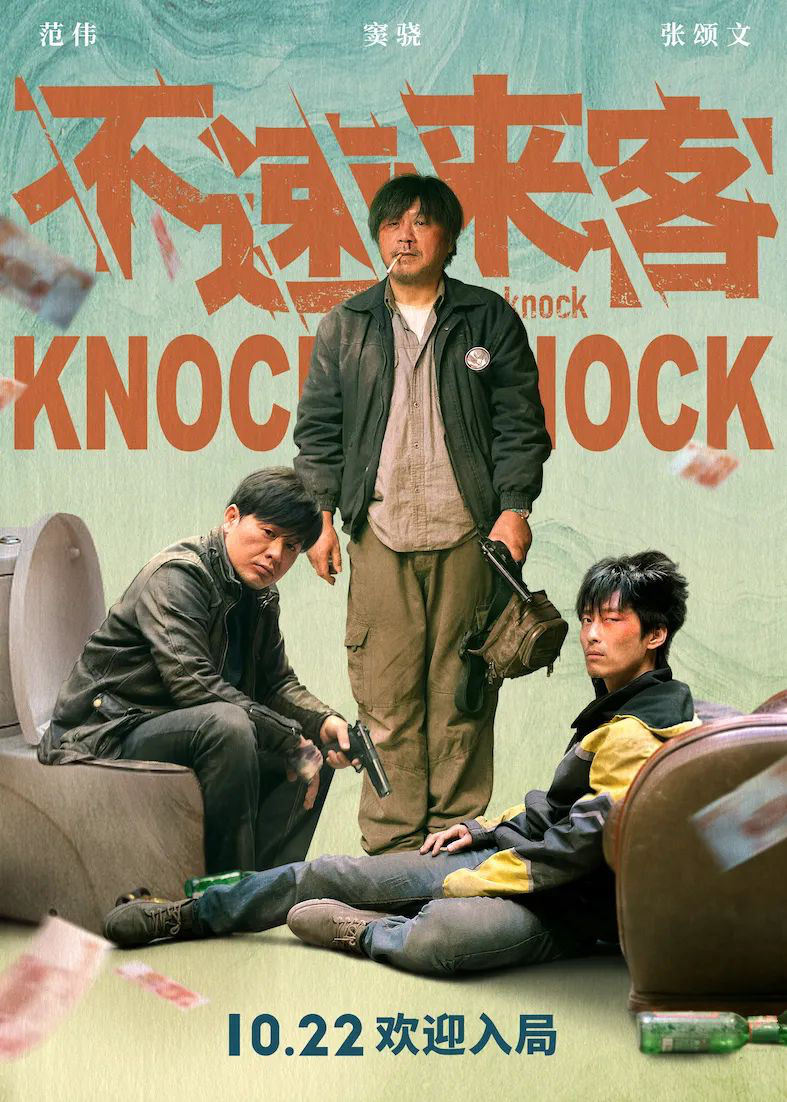
The real version of "script killing"!
Thief Lao Li (Fan Wei) entered a residential building to steal, only to witness a murder case.
When the mysterious woman (Zhu Zhu) was killed strangely, and Lao Li tried his best to subdue the murderer Yan Zheng (Zhang Songwen), the takeaway Ma Mingliang (Shawn Dou) suddenly appeared in this room inexplicably.
The three people are confused about each other’s identity, and the ever-changing plot is about to uncover the truth …

This one, you can squat.
The plot is confusing and the cast is of good quality.
The most important thing is to see enchanting Zhu Zhu in the film.

Moss blossoms
Director: Hu Jingzhi
Starring: Lang Yueting/Gong Jinguo/Wu Yihang
Type: plot
Release time:October 22nd.

A story related to teaching.
Teacher Direction (Lang Yueting) from a key middle school in a big city "fled" to teach in a rural teaching point that was on the verge of closure because of misunderstanding in the workplace.
In the ups and downs, the lost direction finally found its own "direction".
Shortly after returning to the city, I suddenly received the bad news that the old headmaster fell on the podium, and when I rushed back to school in a worried direction, I made an unexpected decision …
The lens focuses on the education of children in remote mountainous areas and appeals to everyone about the education in mountainous areas.
Exclusive headline 2: the target of public criticism
Director: Vincent Zhou
Starring: Yu Jiamiao/Liu Shuailiang/Kevin Cheng/Xu Jieer/Cheng Rick Fang
Type: plot/suspense
Release time:October 22nd.
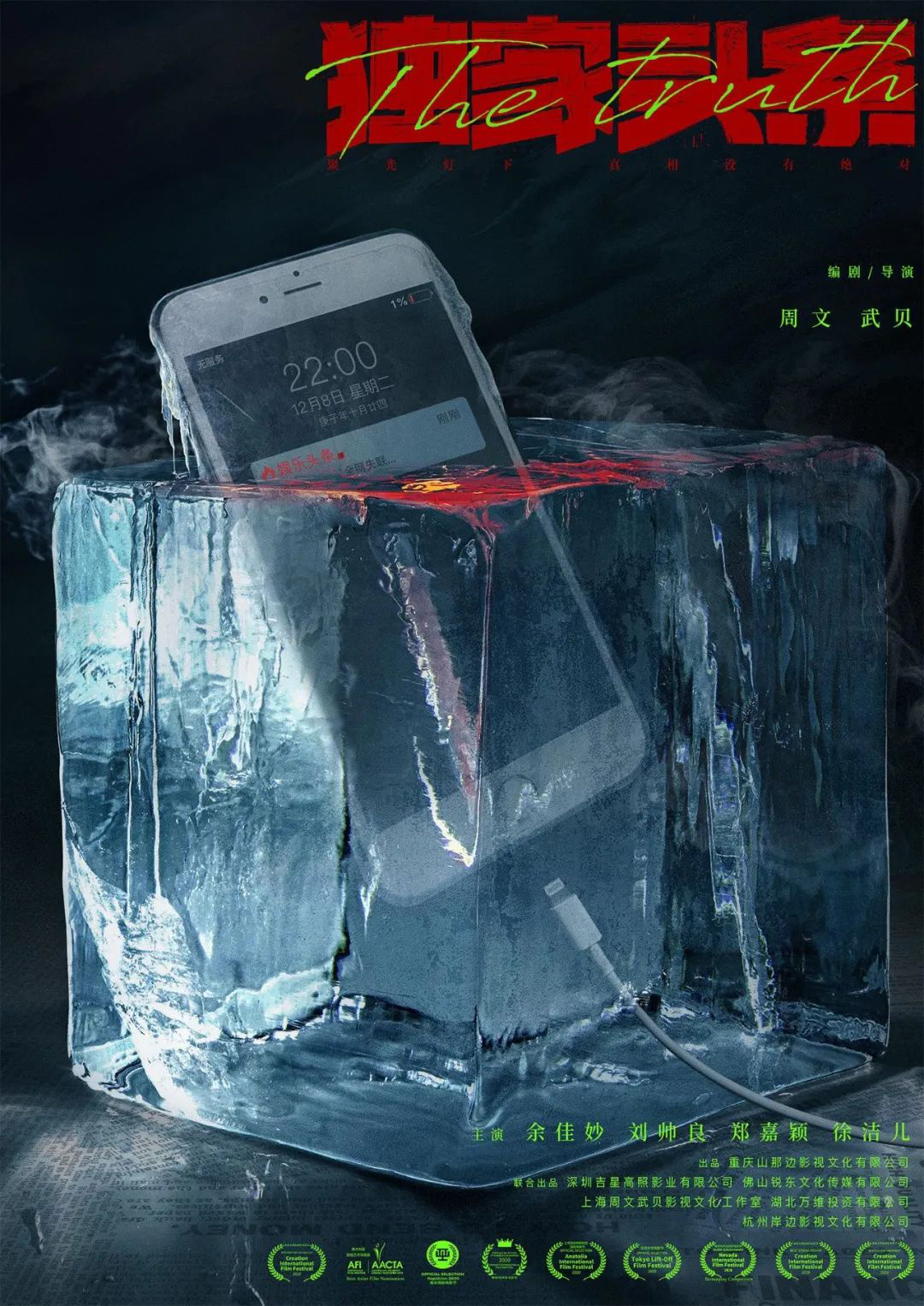
The second part of the exclusive headline series.
As for the evaluation?
Let’s just say that the first one hasn’t been graded yet, and it’s all a curse to turn over the short comments.
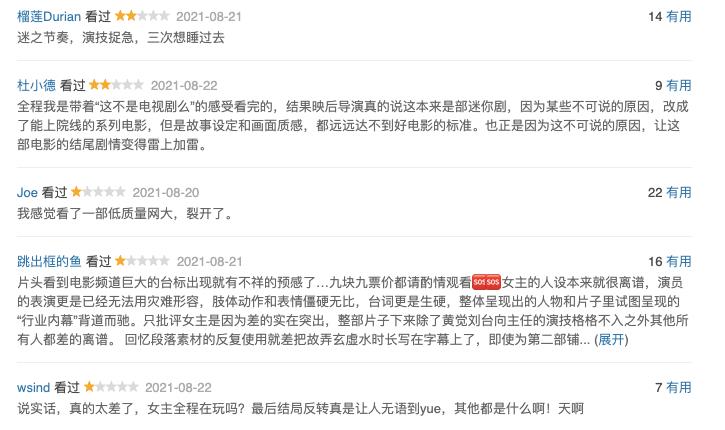
In this case, can there be a second one?
I’m afraid it’s not really a target!
okuribito
Director: Y?jir? Takita
Starring: Masahiro Motoki/Ryoko Hirosue/Tsutomu Yamazaki/Kazuko Yoshiyuki/Takashi Sasano
Type: plot
Release time:October 29th.

The 81st Academy Awards for Best Foreign Language Film, Classic Replay.
Xiao Lin Dawu, who dreamed of making a career in the orchestra, got the bad news of the dissolution of the orchestra, and the high debt made his life poor.
By chance, he got a job: to be an undertaker.

How will Kobayashi do this extraordinary job, which is not decent and faces the remains?
The Japanese can always grasp the deepest feelings of the audience with delicate brushstrokes.
This movie is also about death, not just death.
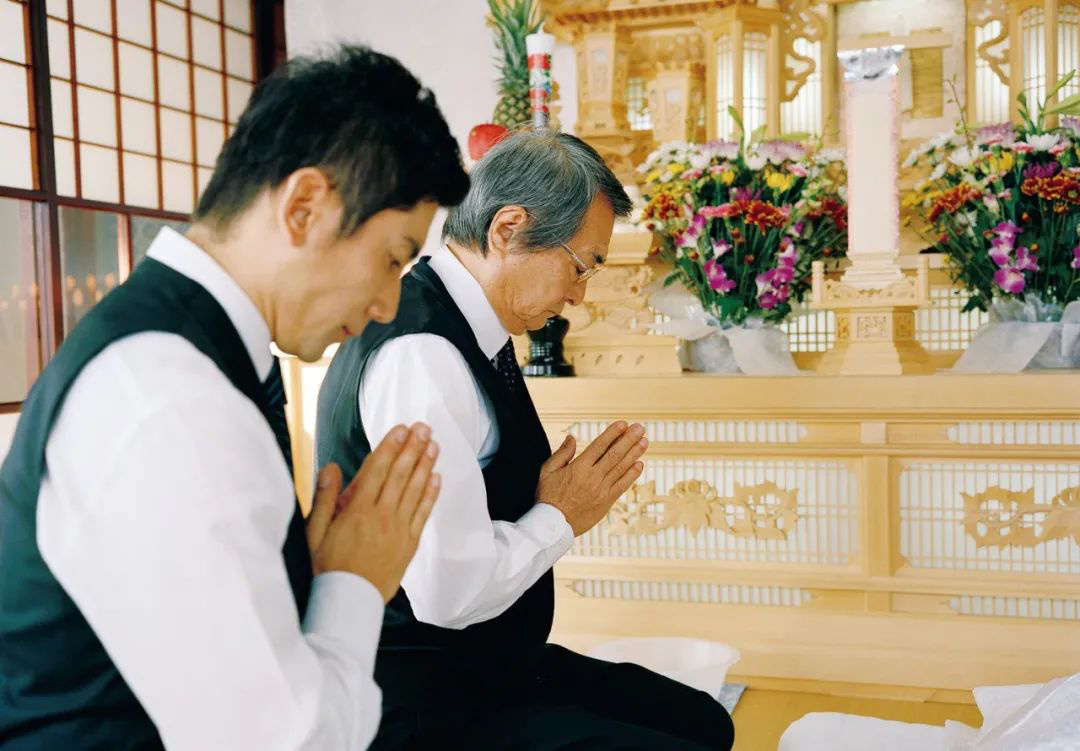
007: No Time to Die
Director: cary fukunaga
Starring: daniel craig/ana de armas/Léa Seydoux/rami malek/Ralph Fiennes
Type: Action/Thriller/Adventure
Release time:October 29th.

Daniel craig’s last film, 007.
The common elements in 007 are also presented, and only the word "farewell" is enough to concentrate people’s feelings.
So, if you like, go and see it!

Wuhai
Director: Zhou Ziyang
Starring: Huang Xuan/Yang Zishan/Tumen/Wang Shaohua/Wang Yu/Sophir Hwang/Chao-bei Wang
Type: plot/love/suspense
Release time:October 29th.

Yang Hua (Huang Xuan) and Miao Wei (Yang Zishan), a young couple living in a small city, have had a hard time recently. They were originally in love but resented and entangled because of the escalating contradictions.
Mirage-like strange illusion shines into reality, a storm strikes, and everything in numbness is awakened again.
At present, evaluation is polarized.
Whether it is good or bad, we will see it when it is released.
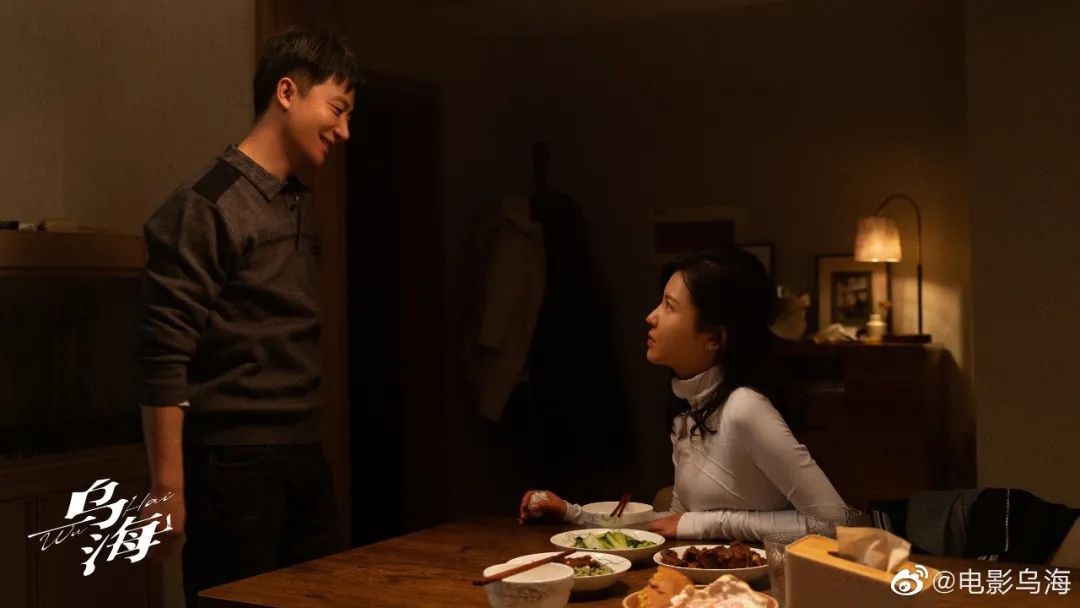
Crossing the border
Director: Liang Honghua
Starring: Chen Jiale/Chen Jiahuan/Ava Yu/Roland/Zhang Daming/Sydney
Type: thriller/horror
Release time:October 29th.
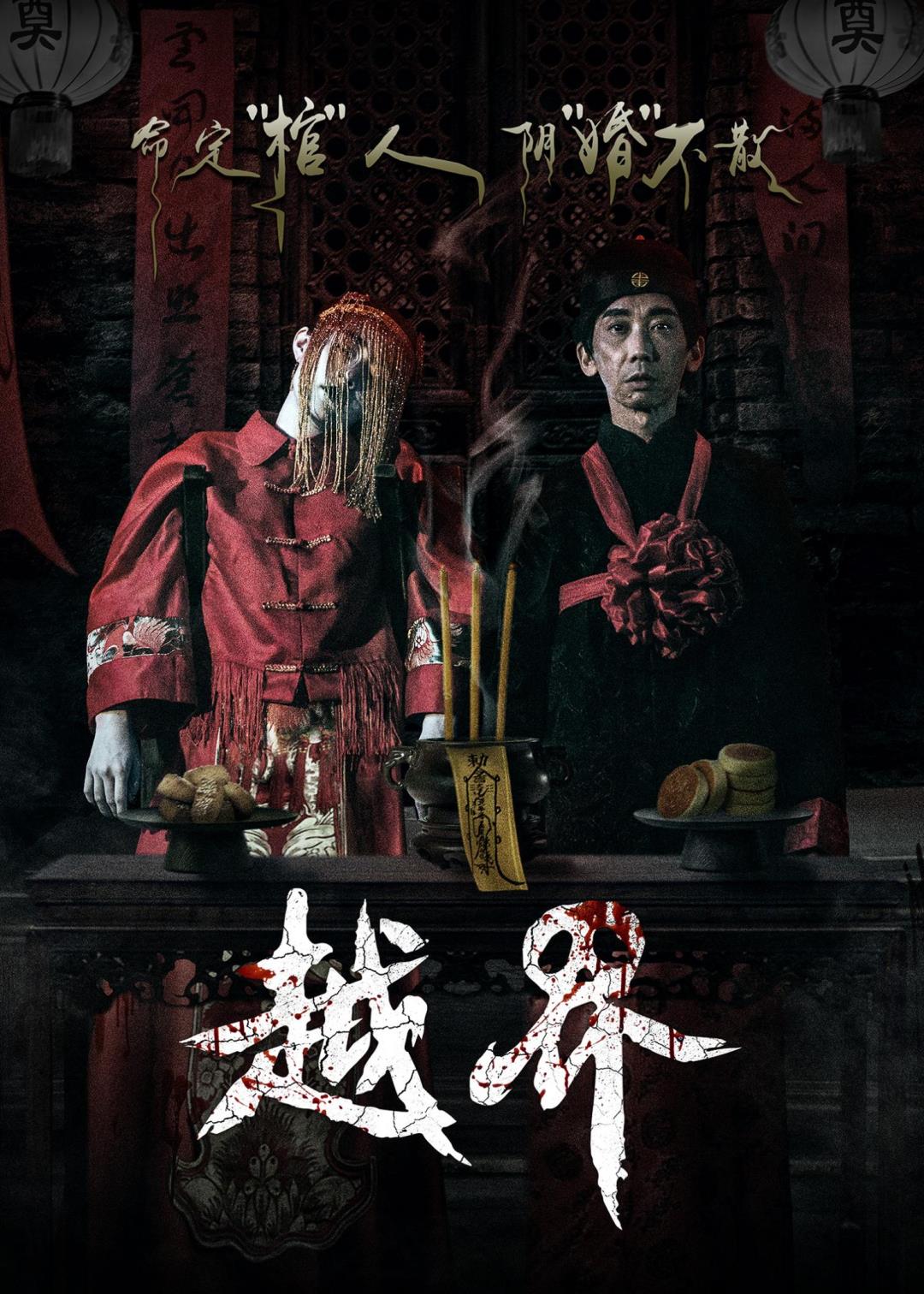
The law of domestic horror movies, posters are always scarier than feature films.
Feature films never know what to say.
The so-called "ghost" probability will not appear, because domestic ghost films can’t afford to play.
I am the guardian
Director: Jing Ran
Starring: Shang Yuxian/Yanhui Wang/Lin Jingzhe/Tian Yuan
Genre: drama/family
Release time:October 29th.

It was already on the September film list, but I don’t know if it was released on September 10.
During his study in Shilu, his father remarried, and the focus of his life quickly shifted to his new wife and newborn son.
Therefore, there is a strong gap between father and daughter.
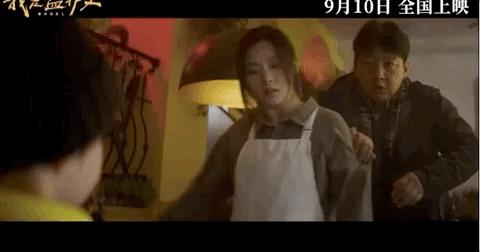
When there is a dislocation in the communication between father and daughter, how can this relationship be corrected?
Looking at the younger brother who was born with everything, how to choose Shilu?

The whole passive situation, perhaps only growth is the only active choice she can make.
Poster slogan is very poking:
"Not everyone has a home to go back to."

The above is the October film list.
After the eleventh gear, I feel that the situation is not so good!
I don’t know if the movie can dry up in the golden season!
Let’s wait and see!


Click "Watching" and leave a favorite.



